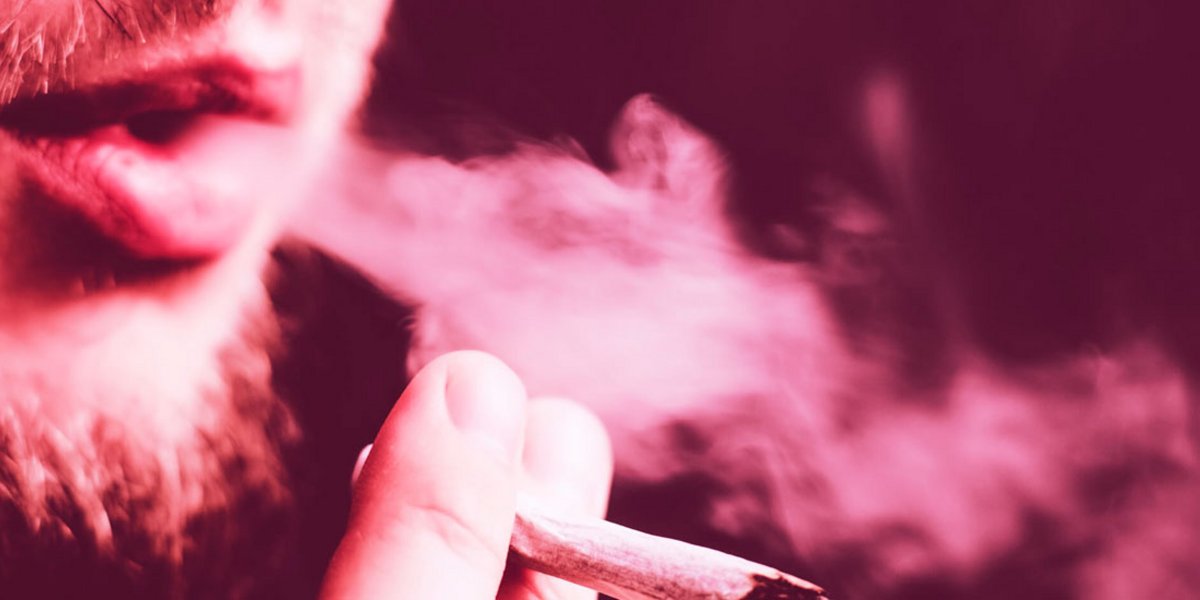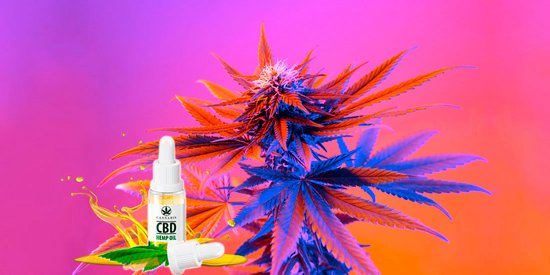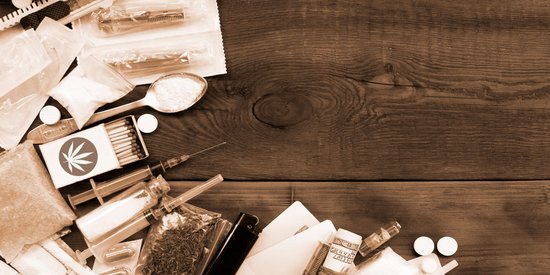More and more young adolescents are now involved with drug problems. It must also be remembered that adolescence is also an age where children are at risk.
According to the OFDT, cannabis is the first illicit substance used by adolescents. In 2014, one in ten schoolgirls said they had already used cannabis.
Behavior, dating, and moods, everything leads you to believe that your child is taking drugs.
Stephanie, one of our readers, writes, "I think my son is using cannabis, but how can I be sure?"
As a parent, our greatest desire is to see our children fulfilled. Yet, the hard part is acceptance. Indeed, children do not always follow the path of their parents. We would all like to protect them from pain, but sometimes we fail to remember that it is through their own experiences that they learn the concept of their idea of happiness.
The symptoms of drug addiction:
Consumers develop a tolerance for many effects of THC, the addiction may be hidden, but as it increases it can be devastating. The starting point for any dependence is the lying and subsequently isolation. This addiction is manifested by a set of disorders with terrible consequences on physical and psychological health, the behaviour of the addict and the appearance of new hidden objects. Some major signs can alert you to a person's addiction.
Physical symptoms:
Physical discomfort with sweats
Very severe aches in the body and/or legs
Abdominal pain
Nausea
Insomnia
Agitation
Tremors
Sudden loss of appetite
Neglect of body hygiene and appearance of clothing
Psychological
Irritability, severe anxiety
Nervy mood jumps
The different behaviors:
Withdrawal from family life (often missing in the house)
Spirit of rebellion
Lack of motivation at school (drop in results, failure at school, absences and delays)
Distance from close friends and acquaintance with new friends
Telephone conversations in secret
Disappearance of certain items in his room that he held dearly: a drug addict seeks to obtain money by selling objects that are valuable
The accessories:
Cigarettes partly crumbled
Metal tweezers used for joints with blackened or tarred ends
Paper for rolling cigarettes
Powders, seeds, leaves, vegetable substances, mushrooms
Capsules or tablets of unknown origin
Pipes, pipe accessories, filters
Scales, kit for chemical experiments
Teaspoons, straws, razor blades, mirrors
Plastic bags or small glass bottles
Knives with burnt blades
Propane torch
And especially a silly little thing, but very penalizing for some smokers of cannabis is the small holes that you could find on pants, t-shirts or other clothing belonging to your teenagers.
The factors responsible for drug addiction
Before asking about the symptoms, you still need to ask the question about why your child is addicted to drugs. Yes, certainly your child needs your support, especially in adolescence, an age where he is particularly sensitive to everything around him. Discussions with your child will not encourage him or her to use drugs, but depending on the case, it will not stop the child either. This will however allow him to know your expectations of him, which can guide him towards making good choices. Risk factors related to his way of life and his environment contribute to increasing vulnerability:
Factors related to the environment:
The presence of family conflicts
Inadequate parental behavior
The influence of deviant fathers
A family member who abuses
Context-related factors:
Policies or legislation
Social exclusion
Poverty
The destruction of neighborhoods
When you feel that your child is in bad shape, whatever the situation, do not hesitate to seek advice and if necessary, to get help. There are different therapeutic approaches today, some of which are anonymous groups (speech therapies) or coaching, which favor recovery through very well-developed programs. This type of assistance will contribute to the search for any triggering trauma, to admission of being a dependent person, and an invitation to reflect on the motivations that lead to changes and the means to act on behavior.









